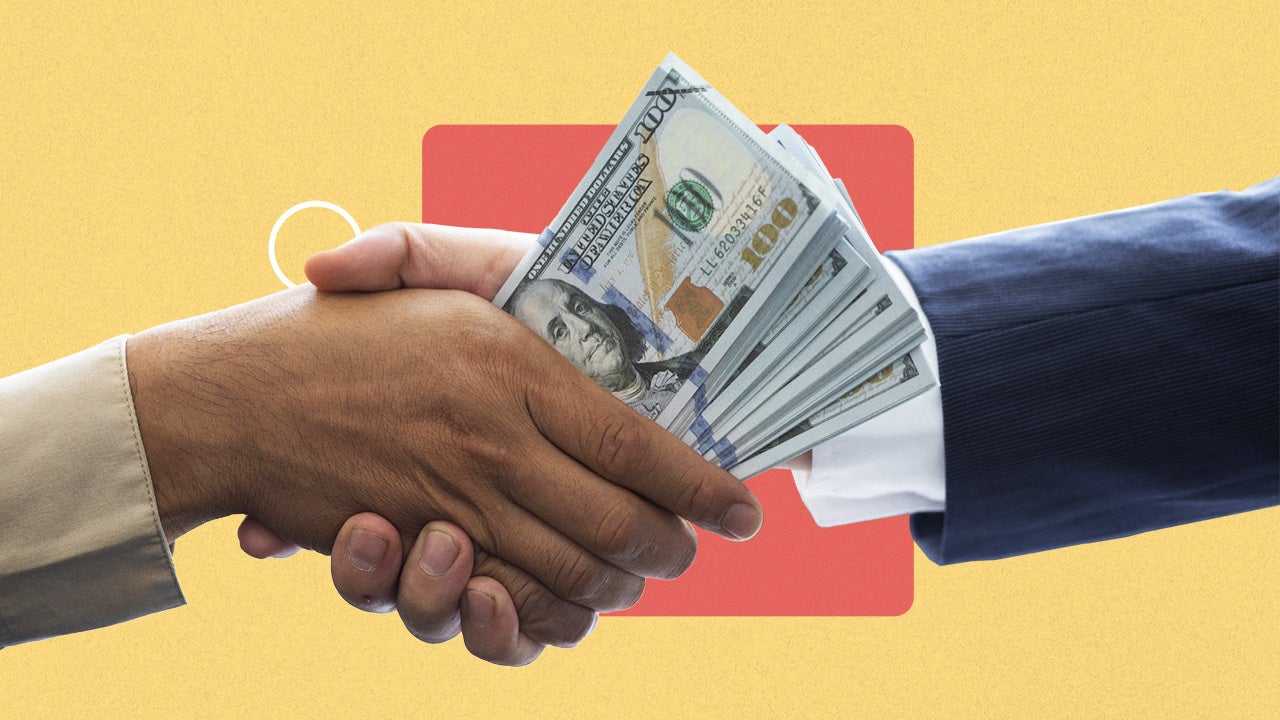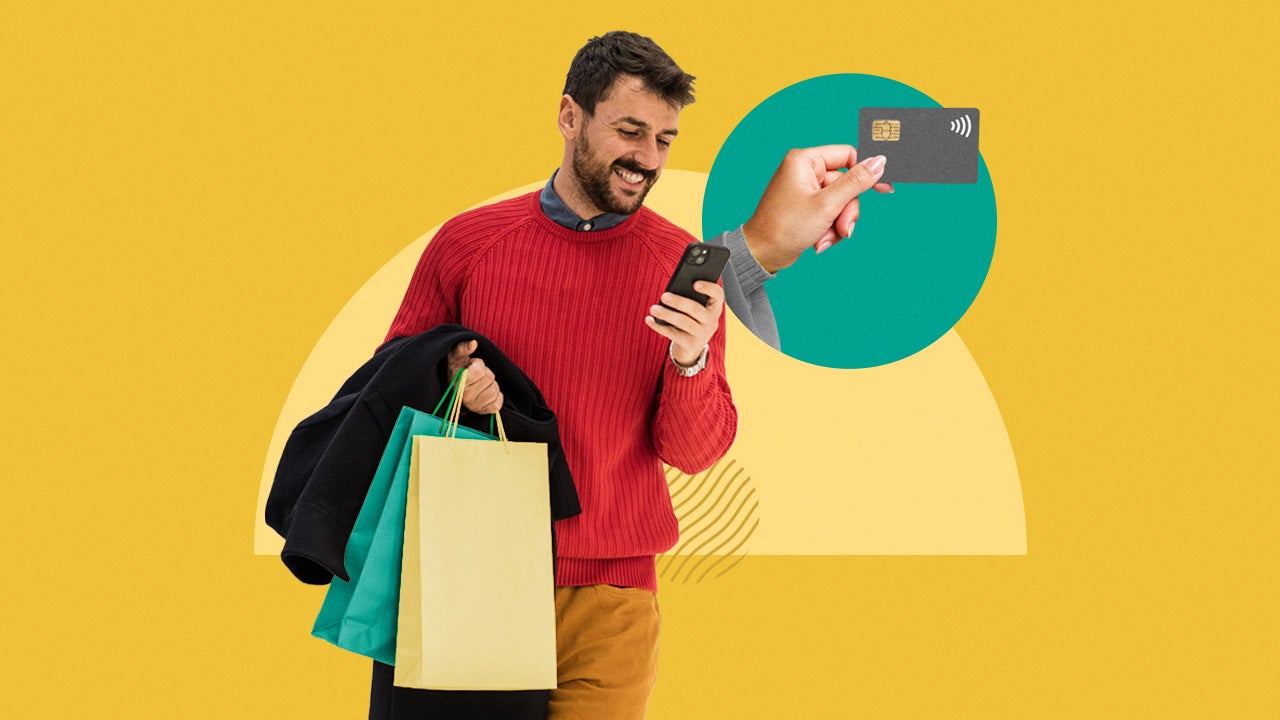Payment method statistics

Payment methods are constantly changing as new technologies emerge and user preferences shift. The advent of e-commerce has revolutionized the way we shop, and payment methods have grown and changed along with it. As technology advances, payment methods are becoming increasingly tailored to consumer needs, resulting in a wide array of options.
We’ll examine the current state of various different types of payment methods, highlighting current trends in usage and how they’re evolving to meet customer demands.
- Just 10% of consumers make every single one of their purchases with cash. (Gallup)
- 60% of consumers have used a buy, pay later service, as of 2021. (C+R Research)
- 41% of Americans say that none of their purchases in a regular week are paid for using cash. (Pew Research Center)
- 1 in 5 U.S. consumers use 7 different payment methods on the regular. (PYMNTS)
- 83% of adults in the U.S. have at least one credit card. (The Federal Reserve)
The most popular ways to pay
There are numerous ways to cash out at a store, but there are clear winners when it comes to the payment method most used.
Likely unsurprising to most, credit and debit cards are the most frequent payment methods. According to the Federal Reserve, in 2021, debit cards narrowly edged out credit cards as the most popular method of payment, with 29 percent of consumers using them to make purchases, compared to 28 percent of consumers using credit cards to make their purchases.
The rise of digital wallets
Digital wallets are a type of digital payment method that enables a consumer to make payments for goods and services online. A digital wallet typically stores a consumer’s card information and other forms of payment information, allowing them to make payments quickly and easily without needing to manually enter their details each time they make a purchase. Digital wallets have become increasingly popular in recent years due to the convenience they offer consumers.
There are a number of different types of digital wallets available today, including popular services such as Apple Pay, PayPal, Venmo, Cash App, Zelle and many others. All of these different digital wallet services offer slightly different features and benefits, so consumers should research the different options to decide which one best suits their needs.
The rise of digital wallets has been rapid, with the global market size estimated to reach four billion by 2024. This growth can be attributed to the convenience and security that digital wallets offer users. This trend is only likely to continue in the years to come, as digital wallets become even more widely accepted, sophisticated and secure.
Buy now, pay later
Buy now, pay later is a payment method that has been growing in popularity in the last few years. It’s a form of financing where customers are able to purchase goods and services now and spread out payments over a set period of time. Many online retailers, including clothing stores and electronic retailers, offer this type of payment as an option. It’s also becoming increasingly popular in brick-and-mortar stores.
Buy now, pay later is particularly popular among younger generations. According to the Federal Reserve Bank of Philadelphia, Gen Z and millennials are more likely to use this payment option than older generations, in part because they want to purchase items without having to worry about the full cost upfront.
As with any new technology, buy now, pay later services come with both pros and cons. For many, it’s a great way to make a large purchase without having to pay for it all at once. However, these services tend to have higher interest rates, meaning customers can end up paying more in the long run than they would if they had paid in full at the time of purchase. Additionally, customers must be sure to pay on time, as late payments can lead to costly penalties.
The decline of cash
The use of cash has been steadily declining over the past decade, primarily due to the rise of digital wallets and online payments. This shift has been accelerated due to the convenience of digital payments and rise of contactless card payments. Digital wallets make it easier for consumers to make payments using their smartphones. Plus, it eliminates the need to carry cash and makes payments more secure as it requires a PIN to authorize payments.
The trend toward cashless options has also been further accelerated in the wake of the COVID-19 pandemic, as people became increasingly wary of the potential for contagion that comes with touching physical money.
We compiled information provided by the Pew Research Center to give you a better understanding of just how much cash usage has gone down over the last few years.
Do payment methods affect how much we spend?
Different payment methods can have a huge impact on how much we spend. Studies have found that shoppers often spend more when using credit cards than when using cash. Back in 2001, a study published by MIT found that shoppers spend up to 100 percent more when using credit cards to pay rather than cash.
Credit cards tend to remove the need for shoppers to allocate a budget to their shopping sprees. Without the immediate financial impact of paying in cash, shoppers can often overspend and find themselves in debt.
On top of this, the ease and convenience of shopping online — coupled with the ability to make impulse buys with a few clicks — can lead to you spending more than you planned. In the physical world, you’re more likely to stick to a budget due to the tangible nature of handing over cash at the checkout. Plus, when using a credit card, it’s easy to wrongly justify the spending because you’re earning rewards.
Where consumers spend their money
Location can have a huge impact on the payment method that consumers choose when making a purchase. Generally, consumers prefer to pay by card when shopping online, as it is considered to be the safest and most secure way to make a payment.
The most popular places for consumers to shop are still physical stores, particularly larger retail chains, department stores and grocery stores, according to the Federal Reserve. However, there is an increasing trend toward online e-commerce stores, which offer more convenience and often a wider range of products and services.
Additionally, mobile commerce is growing rapidly, with mobile apps allowing consumers to make payments from their phones. As this trend grows, it is likely that mobile payments will become increasingly popular.
The bottom line
The payments industry is an ever evolving and growing sector, as new technologies and methods of payment continue to emerge. Payment method statistics show that cash is still used often, but credit cards and debit cards now dominate the payments market. It’s clear that the way we’re spending is changing because the way we’re shopping is changing. With a shift to online purchases and curbside pickup, virtual payment methods are bound to take over.






